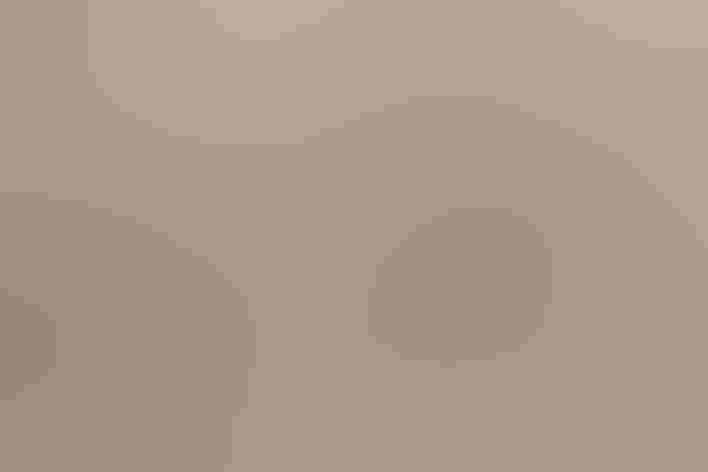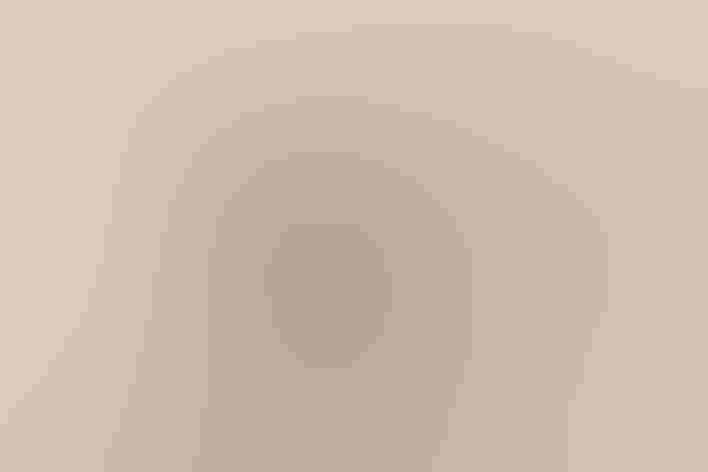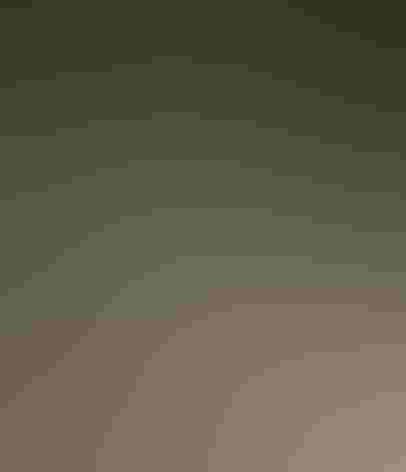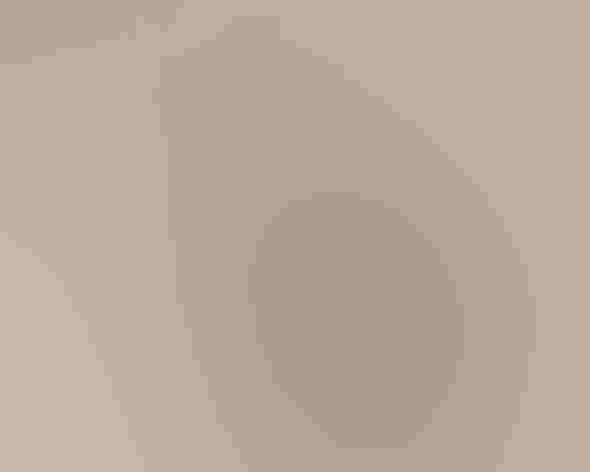Montezuma Quail
At a Glance
Despite its bold and bizarre pattern, this little quail of the Mexican border regions can be remarkably hard to see. When approached, pairs or coveys of Montezuma Quail may crouch motionless until they are practically stepped upon; then they explode into flight, to whir away across the hillsides. Fall and winter coveys usually have fewer than ten birds, and they often range over a very limited area.
All bird guide text and rangemaps adapted from Lives of North American Birds by Kenn Kaufman© 1996, used by permission of Houghton Mifflin Harcourt Publishing Company. All rights reserved.
Category
New World Quail, Upland Ground Birds
Conservation
Low Concern
Habitat
Arroyos and Canyons, Desert and Arid Habitats, Fields, Meadows, and Grasslands, Forests and Woodlands, Shrublands, Savannas, and Thickets
Region
Southwest, Texas
Behavior
Flushes, Running
Population
1.500.000
Range & Identification
Migration & Range Maps
Generally a permanent resident, but in northern part of range may move to lower elevations in winter.
Description
8-9 1/2" (20-24 cm). Small, chunky quail with a puffy head. Male has unmistakable clownish pattern of black and white on face, numerous white spots on chestnut belly. Female more subtly marked in pale brown but has recognizable head shape and pattern.
Size
About the size of a Crow, About the size of a Robin
Color
Black, Brown, Red, Tan, White
Wing Shape
Fingered, Rounded, Short
Tail Shape
Rounded, Short, Square-tipped
Songs and Calls
A soft whinnying call.
Call Pattern
Falling
Call Type
Buzz, Hoot, Scream
Habitat
Grassy oak canyons, wooded mountain slopes with bunchgrass. Presence tall grass and usually oaks seem to be main requirements. Found in open oak or pine-oak woodland, open grassy hills with scattered trees, sometimes in openings in coniferous forest higher in mountains. Avoids low deserts.
Sign up for Audubon's newsletter to learn more about birds like the Montezuma Quail
Behavior
Eggs
10-12, sometimes 8-14. White, often becoming stained in nest. Has a longer incubation than most quail, 25-26 days. Incubation is probably by female only.
Young
Downy young leave nest soon after hatching, are accompanied by both parents. Adults may lead young to food, but young feed themselves. Young are capable of making short flights at about 10 days; reach adult size in about 10-11 weeks.
Feeding Behavior
Does much of its foraging by digging in soil with its feet to dig up bulbs, or scratching with its feet in leaf litter under the oaks to uncover insects or seeds. Forages in pairs or in family groups.
Diet
Bulbs, insects, seeds. The bulbs of various plants (including wood sorrel and nut-grasses) may be a major part of the diet. Also eats many insect larvae and pupae, acorns and other nuts, various seeds, and berries and small fruits.
Nesting
In Arizona, nesting is mostly in mid to late summer, timed to the summer rains. May nest earlier in spring farther east. Male defends nesting territory with a purring trill -- soft, but audible for some distance. Nest site is on ground in tall grass. Nest (built by female, possibly with help from male) is well constructed; shallow depression lined with grass, with more grass domed over top and often hanging down over small entrance on side.
Climate Vulnerability
Conservation Status
Has disappeared or become scarce in parts of the southwest because of overgrazing. The same is probably happening in Mexico, but its status there is not well known.
Climate Threats Facing the Montezuma Quail
Choose a temperature scenario below to see which threats will affect this species as warming increases. The same climate change-driven threats that put birds at risk will affect other wildlife and people, too.







